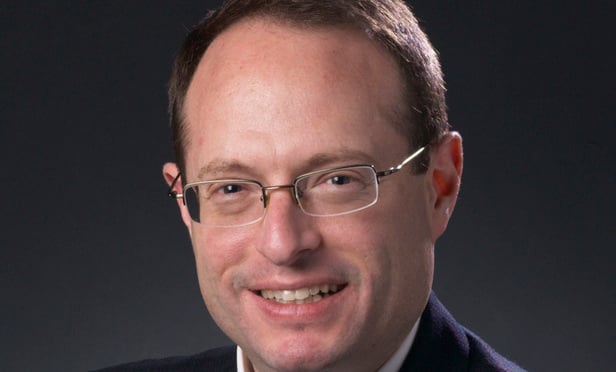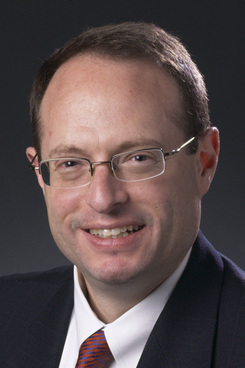Julian D. Ehrlich

July 27, 2018 | New York Law Journal
Procurement Provisions: What to Leave In, What to Leave OutIn his Insurance Law column, Julian D. Ehrlich explores the importance of crafting precise and properly-worded insurance procurement provisions.
By Julian D. Ehrlich
1 minute read
March 07, 2018 | FC&S Insurance
Reaction and Overreaction to ‘Burlington v. NYC Transit Auth.’Burlington Ins. v. NYC Transit Auth., 19 N.Y.3d 313 (2017), decided by the Court of Appeals on June 6, 2017, interpreted additional insured (AI) coverage…
By Julian D. Ehrlich
10 minute read

February 27, 2018 | New York Law Journal
Reaction and Overreaction to 'Burlington v. NYC Transit Auth.'Many insurers are applying 'Burlington' in an overly restrictive manner, thereby raising questions by insureds as to how to re-establish agreed upon risk transfer.
By Julian D. Ehrlich
10 minute read

June 09, 2017 | New York Law Journal
Readjusting Risk Transfer: 'Burlington Ins. v. NYC Transit Auth.'Julian D. Ehrlich analyzes the Court of Appeals recent decision in 'Burlington Ins. v. NYC Transit Auth.', which interpreted coverage in commonly found additional insured endorsements and will have a major impact on those purchasing and issuing liability insurance.
By Julian D. Ehrlich
6 minute read

March 21, 2017 | New York Law Journal
Falls, Trucks and Labor Law §240: Where Are We Going?Julian D. Ehrlich writes: Construction workers on trucks get hurt ... often. Time and again, falls from trucks, or injuries when loading and unloading, generate claims alleging violations of the so-called scaffold statute. On four occasions since 2000, the Court of Appeals has addressed fact patterns involving falls, trucks and §240, and in each instance, the court has dismissed the claim. Despite established precedent and principles, recent appellate division decisions have reached markedly disparate outcomes.
By Julian D. Ehrlich
16 minute read

January 24, 2017 | New York Law Journal
An Opening in Labor Law §240Julian D. Ehrlich writes: Recently, a long-simmering rift has widened within the Appellate Divisions regarding the application of the Scaffold Law to the common worksite accident scenario where a portion, but not all, of a worker's body falls through an opening.
By Julian D. Ehrlich
16 minute read

October 27, 2015 | New York Law Journal
Insurance and Indemnity: Risk Transfer Trigger TroublesJulian D. Ehrlich writes: Two of the most commonly used phrases to transfer risk in additional insured endorsements and contractual indemnity provisions are "liability arising out of your work" and "with respect to liability for bodily injury or property damage caused in whole or in part by your acts or omissions." Understanding how courts have interpreted these phrases is vital to parties both when drafting contracts and after a loss.
By Julian D. Ehrlich
11 minute read

October 26, 2015 | New York Law Journal
Insurance and Indemnity: Risk Transfer Trigger TroublesJulian D. Ehrlich writes: Two of the most commonly used phrases to transfer risk in additional insured endorsements and contractual indemnity provisions are "liability arising out of your work" and "with respect to liability for bodily injury or property damage caused in whole or in part by your acts or omissions." Understanding how courts have interpreted these phrases is vital to parties both when drafting contracts and after a loss.
By Julian D. Ehrlich
11 minute read

September 14, 2015 | New York Law Journal
Consistency on Sole Proximate Cause Falls FlatJulian D. Ehrlich, Senior Vice President Claims for Aon Construction Services Group writes: Until there is agreement on whether sole proximate cause is a jury question, more split decisions, reversals, and appeals can be expected along with an acute uneasy sense that outcomes are determined by the draw of the judge or panel.
By Julian D. Ehrlich
7 minute read

September 11, 2015 | New York Law Journal
Consistency on Sole Proximate Cause Falls FlatJulian D. Ehrlich, Senior Vice President Claims for Aon ConstructionServices Group writes: Until there is agreement on whether sole proximatecause is a jury question, more split decisions, reversals, and appeals canbe expected along with an acute uneasy sense that outcomes are determinedby the draw of the judge or panel.
By Julian D. Ehrlich
7 minute read



